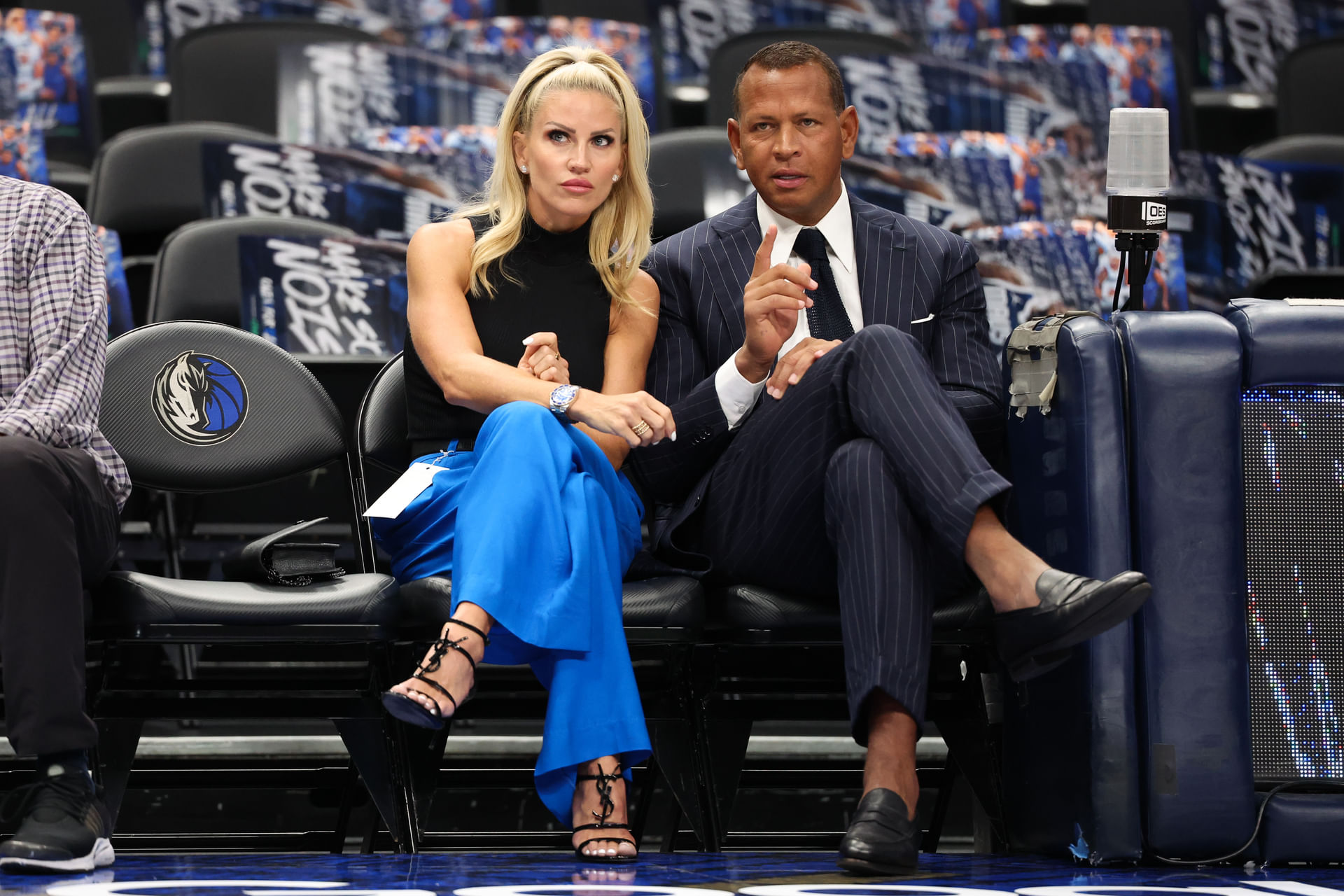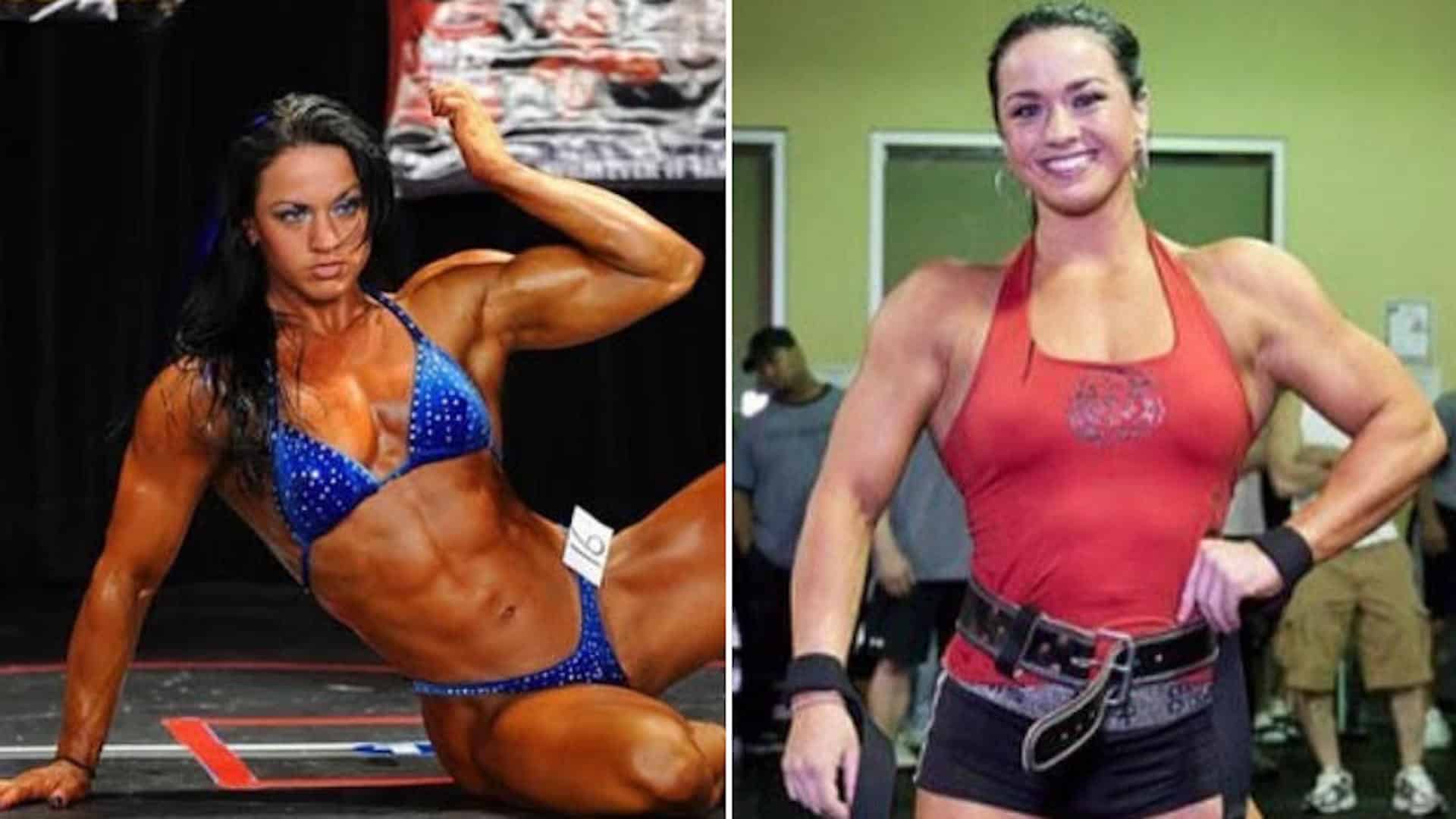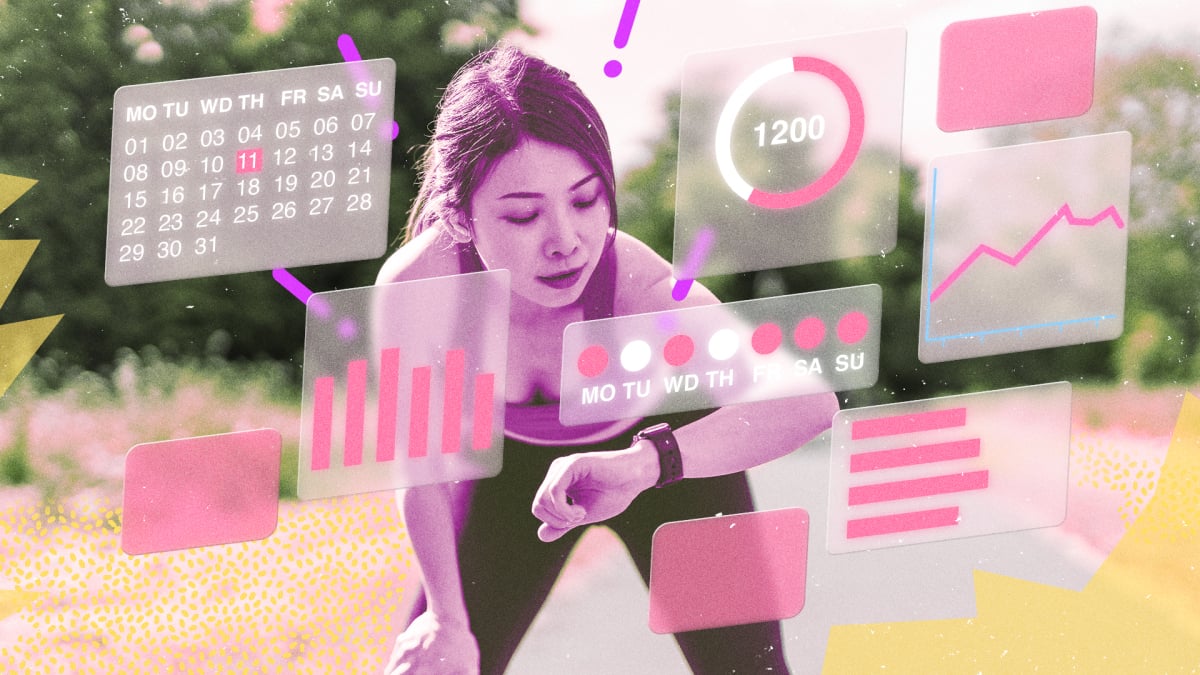SINGAPORE – Fitness professional Muhammad Alfian Meswan, 29, recommends warming up in a sauna for 10 minutes before working out. “Warming up your body can help prevent injuries and improve your range of motion,” he says.
After training, he goes to a steam room or has a warm bath to relax tight muscles.
He has also tried the growing trend of cold water immersion for fitness and well-being, but the icy temperatures do not appeal to him.
“It’s just cold and that’s it,” says Mr Alfian, who is a fitness team lead at Grand Hyatt Singapore’s Damai spa and fitness centre.
In contrast, competitive powerlifter Ong Wei Chaai finds it relaxing to sit in cold baths of 5 to 10 deg C for at least one minute at a time. “I like the cold bath. I have to concentrate on my breathing and I can’t think of anything else,” says the 30-year-old.
He also enjoys hot baths and saunas. Sometimes, he spends 10 minutes in the sauna followed by a minute-long cold plunge, repeating this cycle three times to recover from intense training.
How does exposure to high and low temperatures affect your fitness and well-being? Are hot baths and saunas better for you than cold plunges and ice baths? Or should you alternate them?
The answer seems to depend on individual goals and preferences, with evidence of some benefits at both ends of the temperature setting.
Cold water may help after high-intensity exercise
Cold plunges are increasingly popular here, with numerous businesses offering customers dips in pools as cold as 3 deg C.
Fitness business The ReFormd Group, which runs gyms and personal training, will in June launch a 3,000 sq ft recovery space, Shelter, with three cold pools at 3, 5 and 10 deg C, as well as a sauna and hot bath.
Virgin Active, which has offered an ice room since 2013, in March 2024 added cold plunge tubs to its outlets at Raffles Place, Tanjong Pagar and Marina One.
Members have to book a 15-minute slot in the tubs, says Mr Aizuddin Syam, fitness manager at Virgin Active Tanjong Pagar. He adds that there is strong demand for these chilly post-workout recovery methods, but did not provide specifics.
A meta-analysis of 20 studies on cold water immersion found that dipping at least hip-deep into baths of 5 to 15 deg C reduced the subjective effects of intense exercise, such as delayed onset muscle soreness.
However, this analysis, published in 2023 in the journal Frontiers In Physiology, recommended more research into the perceived benefits of this practice, including comparing its effects on people exercising at different intensities.
Dr Victor Tan Aik Khien, a consultant at Changi General Hospital’s department of sport and exercise medicine, says cold water immersion has been adopted by elite athletes to reduce the effects of pain and fatigue after high-intensity exercise, especially for prolonged durations.
Endurance athletes competing in triathlons or back-to-back events in international games place significant stress on their muscles.
The resulting metabolic and mechanical strain can lead to muscle damage, swelling and inflammation. People may feel soreness, pain and fatigue for hours or days. Fatigue is defined as tiredness that leads to reduced muscle performance.
“For these groups of people, recovery is very important because there are potentially back-to-back competition dates,” says Dr Tan.
In cold water immersion, one sits immersed up to the neck in a cold bath of 10 to 15 deg C for 10 to 15 minutes.
Dr Tan says the cold temperature, as well as the pressure of the surrounding water, or hydrostatic pressure, improves circulation and reduces muscle stress.
Hydrostatic pressure improves blood flow to the heart while restricting blood flow to the muscles. This allows the body to clear exercise-related waste products more effectively and deliver oxygen and nutrients more efficiently. This promotes faster muscle recovery and reduces muscle tissue swelling.
The cold temperature also constricts peripheral blood vessels and reduces blood flow to large muscles. This helps to decrease muscle swelling, fatigue and strain, and also alleviates pain and inflammation.
Will the average gymgoer receive the same benefits from cold water immersion? Dr Tan points out that scientific evidence for the benefits of this practice comes from studies on elite athletes.
There are also downsides to prolonged exposure.
“Excessive cooling is not recommended,” he says. “Doing it for too long or at too cold a temperature puts athletes at the risk of hypothermia.”
Saunas may have long-term health benefits
Mr Goh Bock Seng, who turns 66 in July, does not like ice baths. “I tried it and didn’t enjoy it. My body went into shock. The cold hit my bones,” he says.
The member of the Damai spa and fitness centre works out there three times a week, doing a mix of weight training, treadmill runs and swimming.
Even on days when he does not want to work out, he is drawn by the promise of relaxing afterwards in heated environments.
He finishes workouts with sessions in the hydropool, which is kept at an average temperature of 34 deg C, and the steam room, which is kept at 40 to 47 deg C. Sometimes he tries the sauna, which ranges from 70 to 95 deg C.
“After that, I go home and have a comfortable sleep,” says Mr Goh, who runs a boutique firm dealing in mergers and acquisitions.
Dr Jonathan Chong, a family physician at DTAP Clinic @ Novena, says there is some scientific evidence that exposure to heat can have health and well-being benefits.
He points to studies from Finland, where people are in the habit of using saunas. A 2015 study of Finnish men who used the sauna for an average of 14 minutes a visit in 79 deg C heat found that those who visited saunas more frequently were less likely to die of cardiovascular disease and stroke.
A 2024 review of this and other studies found that sauna use could also decrease the effect of musculoskeletal disorders and respiratory disorders. The review, published in the journal Temperature, also suggested that such passive and brief exposure to heat improves mental well-being and sleep.

Mr Alfian using the dual therapy sauna at the Damai spa and fitness centre, where he is a fitness team lead. He also enjoys time in a steam room after training.ST PHOTO: LIM YAOHUI
While there are studies showing that dry heat has benefits, Dr Chong notes that there is no scientific evidence of similar benefits immersing yourself in hot water or wet heat. This is despite the long tradition of visiting hot baths or onsen in Japan.
He suggests that people who prefer hot baths to cold plunges are reacting based on their comfort levels. Perhaps “feel-good hormones” are released in a warm environment, but a cold plunge triggers discomfort. Benefits are perceived because of the comfort they feel in a warm environment.
He adds that bodybuilders and people looking to bulk up their muscle might gravitate towards warm water because a cold plunge will reduce or negate the effects of their workout. Cold negatively affects muscle protein synthesis.
“If you do cold water immersion after you exercise, that could reduce the amount of muscle growth,” he says.
Separately, Dr Tan notes that immersion in hot water of above 36 deg C may aid in strength recovery after resistance training. However, there is little evidence that this will help with recovery from fatigue.
If hot water immersion leads to an increase in the athlete’s core temperature during subsequent prolonged exercise, that may impair performance, he adds.
Could heat contrast therapy be your best bet?
As a competitive powerlifter, Mr Ong goes to the gym four times a week in the mornings. His job as a personal trainer also keeps him on his feet.
When training for a competition in 2024, he found that he was not sleeping well.
Mr Kester Lim, manager of ReFormd Personal Training, suggested heat contrast therapy. Mr Ong tried a few cycles of alternating time in the sauna with a cold plunge.
That night, he says: “I slept like a baby. When I woke up, I felt like I had had a reset. My body was no longer inflamed.”

Mr Kester Lim (left), manager of ReFormd Personal Training, suggested that competitive powerlifter Ong Wei Chaai try heat contrast therapy to recover from intense workouts. Mr Ong now uses this method regularly.ST PHOTO: CHONG JUN LIANG
Alternating hot and cold temperatures is a popular practice among users of temperature-based recovery. Ms Thea Wong, 50, director of well-being at Grand Hyatt Singapore, calls this practice “bio-harmonising”.
She says this practice is less stressful than just sitting in an ice-cold bath. The changes in temperature are relaxing, just as sauna users in Finland often end with a cold bath or exposure to colder temperatures.
While people may perceive benefits in alternating hot and cold, Dr Chong says there is no scientific evidence to back up the perception.
“The placebo effect is strong with this,” he adds. “You’re trying to get the best of both worlds, but there’s no hard scientific evidence backing this practice.”
However, Mr Ong and Mr Lim believe such practices help mental well-being and physical performance as well.
Mr Ong now relies on heat contrast therapy to recover from intense training. He enjoys the mindless comfort of sitting in the sauna, followed by the mindful practice of concentrating on his breathing in a cold pool.
“I don’t think of anything in the sauna. In the cold, I have to relax myself by focusing on just one thing – my breath,” he says.
“Afterwards, I feel refreshed and my mind also clears up. I really like it.”
- Akshita Nanda writes about health, well-being, ageing and longevity. She co-led a Straits Times project on dementia in 2022 that won international acclaim.
Join ST’s Telegram channel and get the latest breaking news delivered to you.




